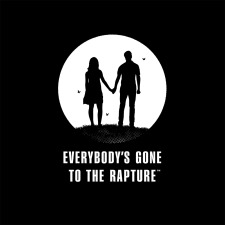 Developer: The Chinese Room
Developer: The Chinese Room
First Release: 11th August, 2015
Version Played: PlayStation 4
Available: PS Store US | PS Store UK | Steam
Everyone has disappeared in a small village in Shropshire. All that remains are the things they left behind and a mysterious light.
This is an exploration game, where the story of the apocalypse is uncovered by searching around for scenes. These act out what went on before and during the event. The people are made from light, showing it’s a memory of what’s happened, not something happening in real time. Each area is named for a person, and finding all their important scenes unlocks the finale to their story.
Though it’s a story about strange events, it focuses much more on the human side. It’s about how people in the village cope with what’s going on. It’s about their relationships and history. Tying it all together is the story of Kate and Stephen, the scientists working at the local observatory. Kate is African American, a woman with a doctorate, and kept her last name after marriage. All things that don’t go down well in an insular village. Stephen, her husband, is a local lad. He doesn’t really understand the issues Kate is facing.
I enjoyed the way the story unfolded, from finding the first blood-stained tissues to the final revelations. There are some answers, but there’s also a lot left open to interpretation.
The village is a great setting for the game. The beautiful countryside is a strong contrast to the horrors. There’s a feeling of isolation from walking around the empty houses and streets. It’s also a little surreal due to the way time moves around the player. Each area is at a different time of day, so the sun swings around quickly at the transitions. Then it waits until the player moves on. I felt as though the light was trying to explain what happened, though why remains a mystery, as the character controlled by the player is never revealed.
Image Caption: An open gate leads into a field of golden wheat, ready for harvest. Trees surround the field. A barn and a windmill are in the distance.
Accessibility is a problem, due to the terrible save system. There’s no manual save. The autosave only happens at points where the player has to tilt the controller to see a scene. Nothing else makes the save happen, including story scenes that happen when close by (the majority of them), listening to radios, and finding collectibles. As there are a limited number of tilt scenes, this means it’s very easy to lose progress. My first two goes at the game, I didn’t get very far before I had to stop due to motion sickness. My next attempt, I avoided activating the tilt story scenes. Instead, I kept a list, and only backtracked to them when I needed to stop. Being able to save frequently is really important for people who need to keep playtimes short.
There is a decent density of things to find for the size of area. There are also quick routes to previous areas if required. However, the game does have collectibles and players may need to search for missed scenes. Which means the lack of a proper run to backtrack is an issue. There is sort of a run, as holding one button down will eventually increase the speed, but it doesn’t help much. Restricting players to walking speed only really works when there’s no need to go backwards. I probably felt this more because of the need to backtrack to saves all the time (often whilst feeling sick, so getting there quickly would have made it a lot more comfortable).
I realise developers do these things because they think it helps immersion and makes the experience more magical. So to be clear, this does not make me feel immersed and does not improve my gaming experience. Nothing kills the mood more than having to keep lists of where I can save and hoping I can get there before I vomit on my PlayStation.
In terms of story and setting, it’s an interesting game. It relies on creating a chilling atmosphere, rather than jump scares and the like. There’s some blood and dead animals, but it doesn’t go heavily into gore. It’s likely to appeal to anyone who likes that quiet horror feel. I only wish some of the technical aspects, such as running and the save system, had been as carefully done. It feels like the way someone who doesn’t play games might design those features, which isn’t very practical for actually playing.
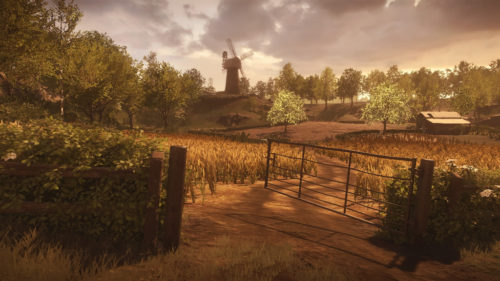
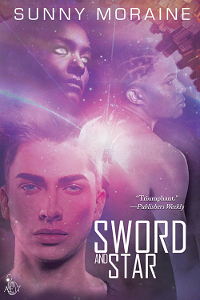 Series: Root Code, #3
Series: Root Code, #3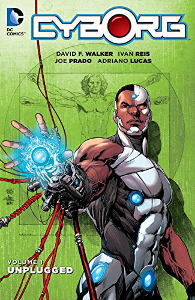 First Published: 29th March, 2016
First Published: 29th March, 2016 First Published: 1st September, 2011
First Published: 1st September, 2011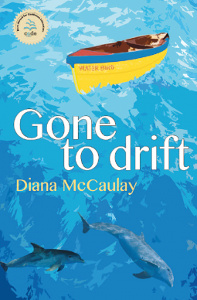 First Published: 28th February, 2016
First Published: 28th February, 2016